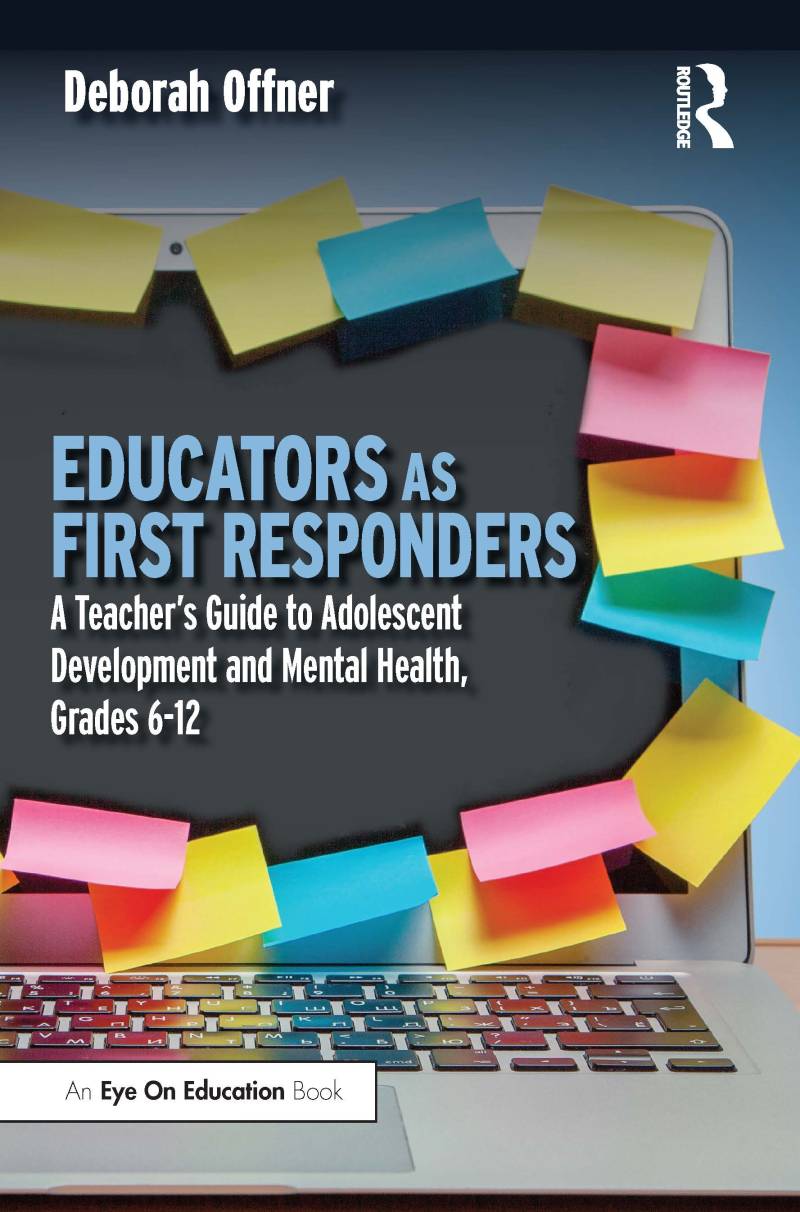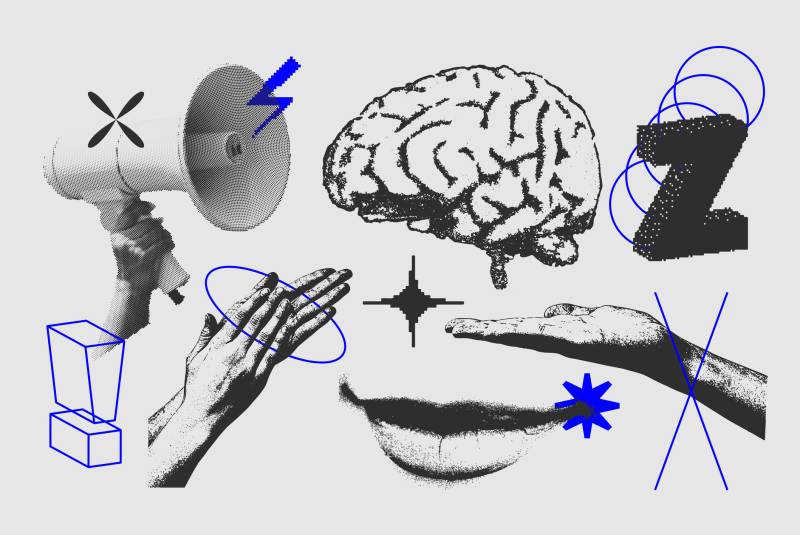In the academic realm, a student whose brain is maturing at an average rate might have no trouble adjusting to the new rhythms of middle school. But a student whose brain is maturing more slowly faces a multitude of challenges. As they wait for the cognitive capability to plan, organize, and follow through to come on board, such students find typical middle school experiences — such as changing classrooms, juggling the expectations of multiple teachers, and taking courses that require more complex comprehension skills — difficult, if not impossible.
There are also numerous psychosocial discrepancies across students that show up in middle school. For example, some sixth and seventh graders already have romantic interests, while other students don’t show this kind of interest until high school or even college. A student can be perfectly healthy and normal anywhere along this continuum. However, due to disparities in “pace” in this area, students who have been close friends for years can find themselves in pretty different places socially. Understandably, this can be crushing and incomprehensible for the student who feels left behind.
During adolescence, a day can feel like a week and a week can feel like a day. There is so much to learn and manage, but most adolescents don’t yet have the mental and emotional capacity to think it all through, let alone generate the kind of competent response we (and they) would like.
Once students arrive in high school, their attention spans, for one thing, do increase. However, they don’t always focus this greater span in the most productive direction — at least not to our adult way of thinking. With a backdrop of pulsing hormones and persistent social pressures, high-school students are preoccupied by myriad issues.
When the choice is between academics or their peers, as you well know, their peers may take priority. Never is this truer than when a friend is in distress. Generation Z adolescents (born after 1997) are more attuned to not only their own moods, anxieties and “ups and downs,” but also to those of their close peers. A seventh grader recently told me that when a friend tells her they are having a tough day or dealing with a difficult issue, she makes a note in her phone so she is reminded to check in with them on subsequent days, to see how they’re doing. Another example: I recently got the following text message from a twelfth grader, canceling our weekly therapy session. “Can’t meet today. Friend in crisis.” At school, student may think nothing of missing something important — for example, your class — to comfort a struggling friend.
Another pressing psychological factor for adolescents is social comparison. They are developmentally driven to compare themselves to others and compete for peer approval. On any given school campus, you can see this express itself in ways reflective of the institution’s culture. At some schools, you see it in the way students dress. At others, students one-up each other with clever quips in class. And in still others, athletic prowess or artistic ability are how students win popularity and the acceptance that comes with it. While this is not a new phenomenon among teenagers, it’s even more intense and unrelenting for this generation because of social media, the ultimate social comparison accelerator.
Finally, the primary developmental task of adolescence is achieving emotional independence from parents or guardians. Complicating this push toward individuation is the fact that middle and high schoolers still need mature guidance — and they know it. Every minute of every day, your students are navigating a world and a way of perceiving a world that is in constant flux for them.
Nowhere do the challenges and various aspects of adolescence development surface more profoundly or play themselves out more fully than at school — where you, their teacher, are (in effect and fact) the only adult in the room. Thus, when a student needs an adult, not surprisingly, you become their natural choice.
“I’m not trained for this!”
As one panicked teacher so aptly shouted into the phone as she solicited my advice about responding to a student in crisis, “I’m not trained for this!”
I’m pretty sure you didn’t exactly sign up for some of this stuff, either. Yet this is the reality of teaching middle schoolers and high schoolers. Though you may doubt you’re the best option when it comes to intervening in your student’s developmental or personal challenges, your students have no such reservations. That’s why they seek you out. They know and regard you as a functioning “adult” — in other words, an expert in all things life.
While you may not feel like an expert in “all things life,” and may even have substantial evidence to support your hunch, recognize that in this arena you do offer competencies that other adults simply can’t. You have an established relationship with your students — they listen to you, they’re interested in what you think. You play a consistent and key role in guiding them toward a promising future. Many times, they don’t or won’t listen to other adults — least of all, parents.
You are the “boots on the ground” in your school community. Unlike any other adult in your students’ lives, you observe them day in and day out in their natural habitat. You not only witness their daily interactions, you also know all the players. In addition, you and your colleagues are typically the first adults to notice when something isn’t right with a student — when they seem tired or irritable, are suddenly sitting apart from their friends, or uncharacteristically fail to turn in an assignment.
Do not discount the value of your knowledge when it comes to being a first responder to adolescent discontent or more serious personal or emotional difficulties. I’ve mused with more than one teacher or mental health colleague that middle and high school teachers today are a lot like “milieu workers” in pediatric or psychiatric care institutions. In these clinical settings, milieu workers are embedded in the institutional environment, or “milieu,” where they monitor, support, and assist patients. Their role is not only to administer medications, provide advice, or offer resources, they’re there to meet their charges where they are, in the moment.
When I served as a school counselor, and later when I was dean of students at a high school, teachers were my best source for flagging a student in need. And teachers continue to be my closest partners in my consulting work.
When a student comes to you in crisis, you want to be sure your response will be effective and appropriate. Note that this does not require a degree in psychology. With some basic knowledge of adolescent development and strategies for handling the various situations most likely to come your way, you can feel confident in this dimension of your role, and transform yourself from apprehensive educator to competent first responder.
 Complicating this process is the fact that each student is moving through these physical and cognitive changes at their own pace. Just as a full range of heights as well as facial hair is on display throughout middle and high school hallways, various stages of cerebral and psychological development are evident, if not as obvious.
Complicating this process is the fact that each student is moving through these physical and cognitive changes at their own pace. Just as a full range of heights as well as facial hair is on display throughout middle and high school hallways, various stages of cerebral and psychological development are evident, if not as obvious.


 Deborah Offner is a clinical psychologist who has worked in schools and colleges as a counselor, educator, and consultant for 25 years. She is Consulting Psychologist at Beacon Academy in Boston, MA, and provides counseling, supervision and professional consultation to several other middle and secondary schools. Her areas of expertise include adolescent development and mental health, student affairs and professional development for K-12 educators.
Deborah Offner is a clinical psychologist who has worked in schools and colleges as a counselor, educator, and consultant for 25 years. She is Consulting Psychologist at Beacon Academy in Boston, MA, and provides counseling, supervision and professional consultation to several other middle and secondary schools. Her areas of expertise include adolescent development and mental health, student affairs and professional development for K-12 educators.